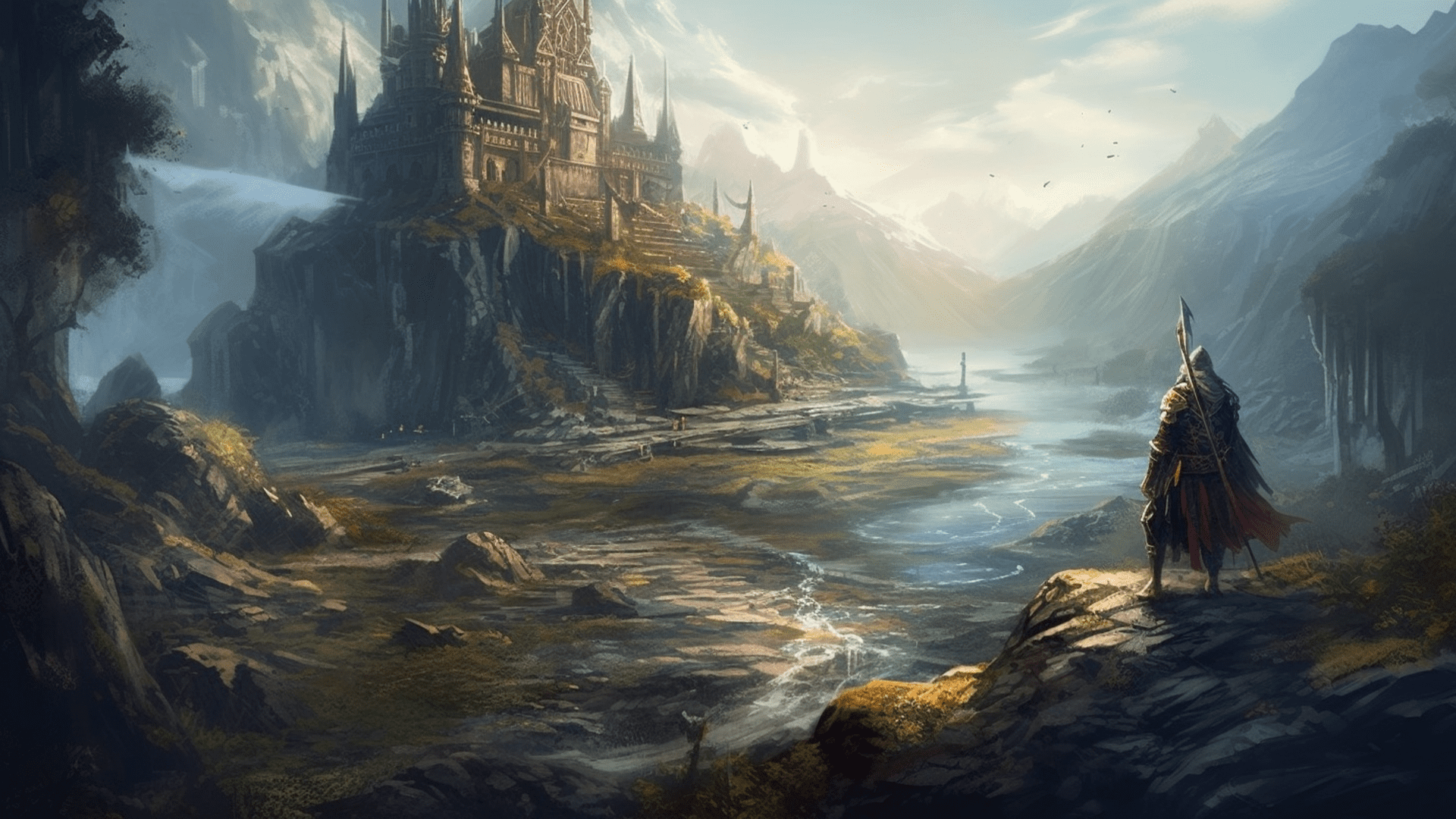Creating a role-playing game (RPG) may seem daunting, but it doesn’t have to be. Many instruments and resources are available to help you create your own RPG, whether in desktop or computer format. This article will discuss a few key steps to accomplish this goal.
Defining the Concept and Story
The first and most critical step in creating an RPG is to define the main idea and spell out the story that will develop as you go along. What would you like your game to be about? What characters will be there? Where and when do the circumstances take place?
These questions will help define the concept and plot of your RPG. Remember that the storyline has to be interesting and exciting for gamers to want to keep playing.
Creating the Game World
The formation of the game universe is the second most important stage. The created world should be interesting and realistic so gamers can feel part of it. What will the landscape be like? Cities and villages? Races and cultures? Creating a detailed universe will help convince gamers that they have been transported to a new dimension.
Character Creation
Next comes the third stage, where you should consider all the key characters. The characters should be unique and interesting, making it easier for gamers to get used to their role. Each participant in the story should have a well-worked-out personality, clear motives for actions, etc.
What classes and races will the characters be? What will be the abilities and characteristics? Finally, what will the external traits be? Creating unique characters will help players feel part of the world and take care of their virtual alter egos.

Game Mechanics Development
Gameplay mechanics should be interesting and engaging so that gamers will enjoy the game to the maximum. How will the combat system work? A mechanism for calculating levels and experience? Features of the quests? Developing game mechanics can be difficult, but you should give it enough time and resources to get the best result.
You don’t have to come up with everything from scratch. For example, you can take the Nier Replicant trophy guide to see how the walkthrough is implemented here. Having chosen one or another option as a basis, you can adapt it to your needs.
Using Tools and Resources
Today, many useful stores and services can help you develop your RPG. For example, you may need a playing field, dice, chips, and cards to create a board game, and a computer variation will require specialized software (abbreviated software). Using tools and resources will help you create a high-quality RPG without much expense.
Testing and Debugging
This is the last step in creating an RPG. After you have passed all the previous steps, you need to thoroughly test the gameplay, fixing all the bugs and shortcomings. For this purpose, you can use testers interested in similar projects and willing to test the game mechanics and design. Testing and debugging will help get at a high-quality game’s output without bugs and problems.
Creating RPGs is a complex and time-consuming process, but anyone can develop a high-quality game with enough time, effort, and resources. Defining the concept and story, creating the virtual universe, characters, and game mechanics, using tools and resources, and testing and debugging are all key steps to creating a successful RPG.
Remember that it is important to make a game that will be interesting and engaging for gamers so that they can enjoy the process of passing and would like to come back again and again.
